" It all starts with a daydream. I’ll get lost in thought until a story comes through that wants to be told."
S.B.
A Design Director’s job is considered one of the key contributors behind the creation of a successful collection. They are responsible for developing the look, feel, and tone of a brand, while executing it in an impeccable and consistent way across all available channels.
As we continue in our series of Beyond Talks, this week we sit with Stefan Brunnbauer, a talented Design Director that will guide us into the world of luxury fashion.
With Stefan, we will discover how a creative designer takes their inspiration and develop it into a global luxury collection that aligns with business targets and goals.
SB: Wow, big question. There was no creative vision. It was all very innocent. All I ever wanted to do was make crazy outfits to go out in. I had a really active imagination as a kid - constantly upcycling and making things. I converted my bedroom into a gothic castle, painted my bike hot pink and was always cooking up a high-octane performance of some sort.
At 11, I was never far from my mother’s sewing machine. Growing up in suburban Austria, my fashion muses came from MTV at a time when Eurodance icons were stomping across our television sets (I use the term icon loosely)! Inspired by Mum’s craftsmanship, I soon began recreating the looks. My first creation was a fitted pink tee containing a large heart motif, cut from my Grandmother’s pillow. I still have it. Camp!
These early, emotional experiences helped me find my navigation point and I’ve kept on moving ever since.
SB: I grew up in a tiny village in the Austrian countryside, worlds away from the city. When I discovered fashion colleges and an undergraduate degree in fashion was a thing, and that this path could be a viable career choice, it blew my mind.
My college professor, the late Ulrike Gastgeb, lit a fire inside of me. She encouraged me to think globally and move to Milano to get some professional experience, which is where it all started. I packed my little red Ford Fiesta and hit the road with tonnes of ambition and zero language or culinary skills. Happily, once I got a foot in the door as Design Assistant at Costume National, everything clicked and the world became a whole lot smaller.
During one particular day of fittings, Ennio Capasa presented me with an image of some butterfly wings to use as swatch inspiration for a skirt. My Italian was terrible and timelines with time management were non-existent, as they needed to see it on the model yesterday. I took his instructions (or a version of them) and began stitching as though my life depended on it. When I finally emerged, expressions were hard to read. I’d totally missed the brief but my work sparked a fresh direction for the dress. Unbeknownst to me, this was to be my first item on the Paris runway.
It’s such a good moment to look back on. Proof that truly great things can happen by mistake, so long as you’re open to them. A mantra for life really!
SB: I know what customers want, whereas marketing and merchandising departments can identify flagship pieces and pull out the finer details for commercial appeal.
Pitching art against business is always a balancing act for any Design Director, but I’ve learned to trust my gut instinct. This always starts with a watertight, creative concept. Then, market forces and sales figures dictate where the emphasis needs to be.
SB: I grew up on rave culture and nightlife, which have always been my main source of inspiration. My menswear vision is all about romanticism and gender fluidity; vulnerability with hard edges. I’ve also been lucky enough to work in fashion houses with instantly recognisable style codes. The opportunity to delve into archives and combine iconic pieces from the past with some of my present influences is beyond exciting.
You want a Design Director’s process? It starts with a daydream. I’ll get lost in thought until a story comes through that wants to be told. Once I have this, I’ll crank up the music and dive into a research hole. I start by working up a silhouette, along with a vague idea of moods and accent colours. Then I get in the creative zone by printing out a tonnes of pictures and splaying them out across the floor. It’s all very chaotic and messy!
Once I’ve sorted these into groups, a narrative begins to form and the concept finds its own momentum. All I have to do is draw out the cues.
I’m always on the hunt for a special ‘something’ to provide a continuous thread. This could be a specific silhouette, artwork or key item but most of all, attitude. If an idea doesn’t have that little extra something to stick out from the heaving mass, I’m generally not interested. It’s important to be bold, tear up the rule book and create something fresh!
SB: Wow, the inability to plan is affecting everyone isn’t it? Our lives changed this year and what was OK yesterday doesn't really work today.
The usual format of huge, back-to-back collections is suddenly under threat and big budget runway shows almost seem arrogant. This created space to reinvent the digital template.
This new era is an opportunity for multi-faceted innovative designers and their creative team who understand this space. Suddenly, we’re back to the basics of storytelling and presenting an inspired vision for a total look. As brands compete for bandwidth, the blank canvas is a huge leveler. After all, the perfect cocktail of music, photography, art, collaborations and muses is anyone’s game.
It doesn't need to cost millions and that’s creatively very freeing.
SB: I wouldn’t say Alessandro Michele’s vision is a trend as such. After all, he’s Gucci, he can do whatever he wants. Many brands couldn’t wait to thrust their collections down the runway after the first COVID lockdown, so it’s not entirely surprising that Gucci wanted to break free from the seasonal template.
Change is the lifeblood of the fashion industry and I love it when big brands take risks. Everyone involved can be so stuck in their heads researching the needs of a market, that they often forget they’re in a position to dictate those needs.
SB: So long as everyone understands the collective vision, I’ll take my hands off the wheel with my design team and encourage creative freedom. A good Design Director and leader understands when to move aside.
It’s energising to work with a diverse team of designers, all with something to say. A mix of ethnicity, genders, scenes and sub-cultures bring a much healthier stream of ideas to the table. All opinions are valuable, even if jarring at first. Sometimes you just need to sit a little longer to digest what’s coming through.
Give me the outsider at the back who isn’t the obvious choice, or the only person not taking themselves too seriously. This is a competitive world and it’s easy to forget fashion is about FUN. The work ethic is something you can’t teach. You either tap into that creative spark and deep desire to create, or you don’t. Thankfully, I’ve got really good at spotting and nurturing talent!
SB: I worked at McQ for over a decade, so both Lee and Sarah originally hired me. I had an enormous, technicolour mohawk back then (I looked like a My Little Pony)! I tried to obscure it with a grey polo neck/black cap and didn’t consider that half of it was hanging out the back. A trail of glued feathers was never going to qualify as corporate, but thankfully it got their attention.
When the job offer was made, Lee asked for, “That guy with the face full of metal and crazy hair”. His words, not mine!
McQ was all about putting a signature stamp on existing DIY/subculture references. Not only was this the perfect match for my own style DNA and aesthetic, but I had their trust to develop a recognisable menswear look.
SB: The most important thing is a positive and encouraging work environment. Trust is an essential component of any creative relationship. Without it, there can be no magic.
Challenging conversations were always inevitable, prompting the need to be flexible. However, by the time things got to the studio, I’m grounded in the concept and able to talk it up with conviction.
Of course, it helps that we were able to point to a consistent growth in sales figures. After a decade of development, this is no accident.
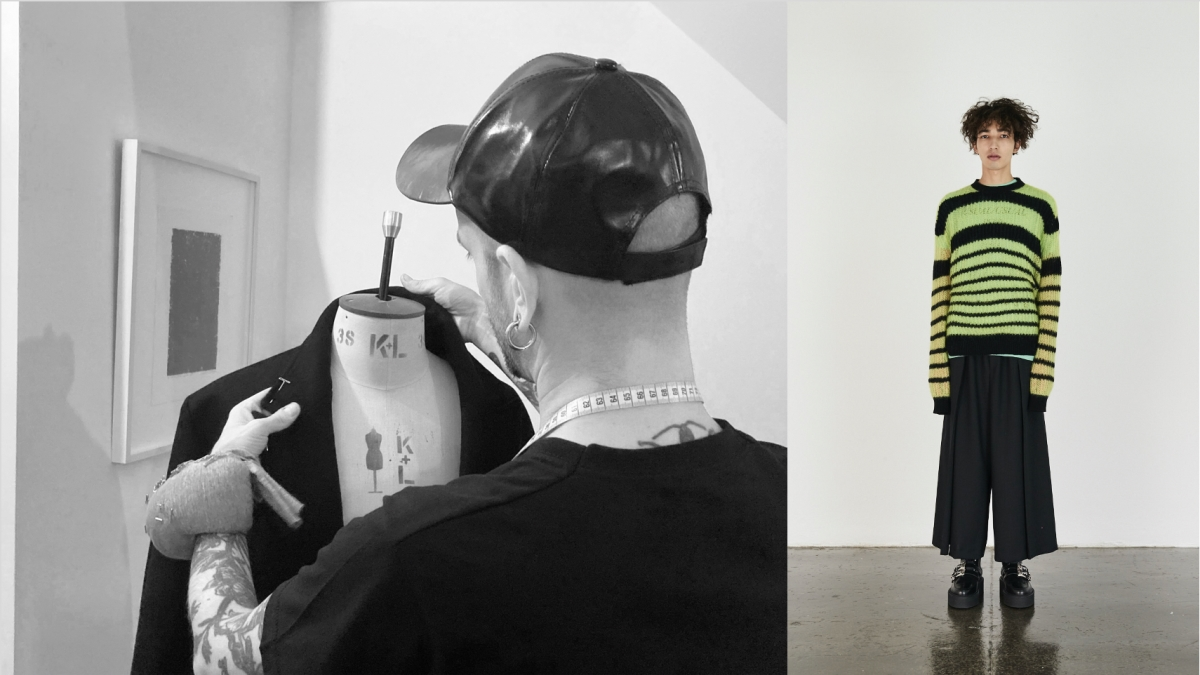
SB: Now you’re asking!
I’ve been putting out a steady stream of work over 15 years so there are a few that spring to mind; normally the very first and the latest.
I guess a memorable one was the FW17 Alexander McQueen collection. This had its own timeless identity with lots of British youth culture references. It was a graphical take on the new wave/post punk thing. Lots of band t-shirts and monochrome colours with fluid tailoring and lace details. I’d describe it as a slightly Japanese take on Bauhaus, with lots of voluminous silhouettes to offset the punky themes.
The work was very hands on, tearing up garments and reconstructing them into hybrid pieces. It was a total joy to work on as it flowed beautifully and created a nice buzz in the studio.
Reimagined staples, such as the classic kilt, evolved into pleated shorts and elongated culottes. It was a stand-alone collection. Really unique, yet unmistakably McQueen in its vocabulary. Still today, those kilt trousers are one of the favourite pieces in my wardrobe.
SB: Passion and drive are key for securing creative director jobs. With consistent effort, you can achieve whatever you set your mind to. There was no prestigious college behind me, technical skills, trust fund or black book full of contacts. I just had this fire inside me and a very clear idea of where I was headed.
The tenacity to keep knocking on doors, along with the ability to deal with rejection positively have always been essential skills. The bit no one tells you is that following your dreams never stops being an emotional rollercoaster!
SB: Milan’s outdoorsy, aperitivo culture is the perfect antidote to London’s gritty nightlife. The duality is exciting and knackering in equal measure, but my job keeps the teenage spark alive.
I still consider myself to be a gypsy nomad and the industry has opened so many doors internationally. That said, it’s cool to finally have some roots in the UK. London is a really open minded city, which has spawned so much creativity over the years.
Diversity keeps me inspired and on my toes.
SB: I’ve always got about two years of projects in the pipeline. Once an idea pops into my head, I become obsessed with bringing it to the world. My friends always roll their eyes when I’m in the zone and tell them I’m off limits!
The secret? Pure, hard work. Plain and simple.
SB: Modern mens and womenswear for the culture and context of now. It’s fluid, inclusive and doesn’t care about gender.
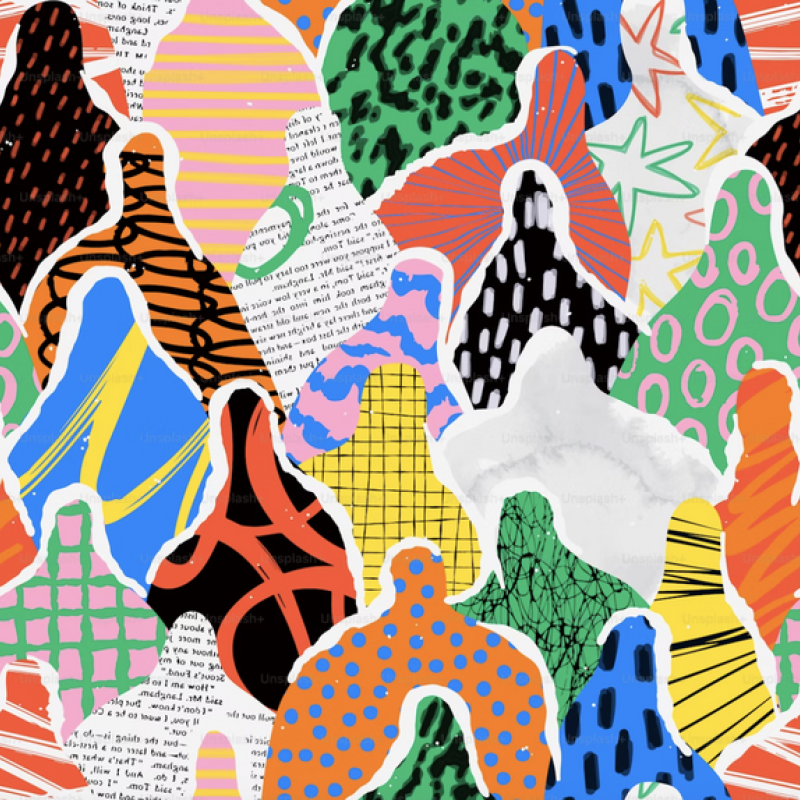
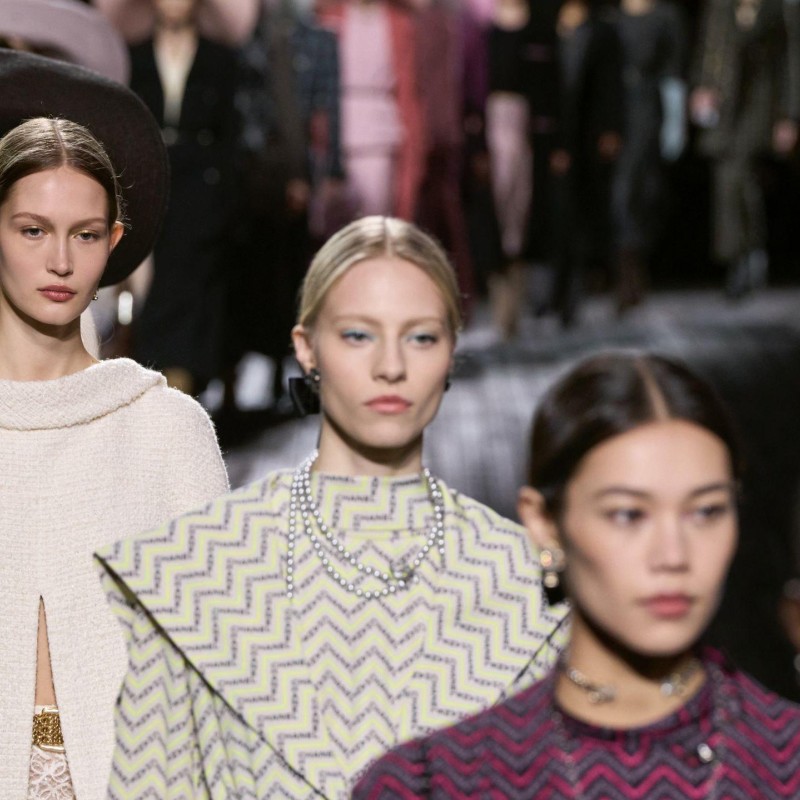
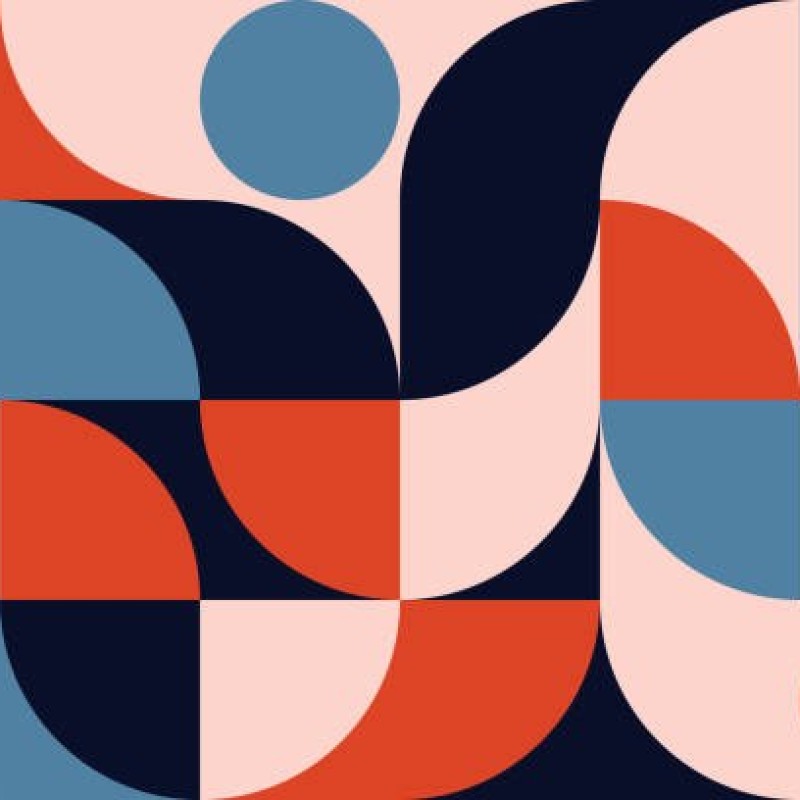

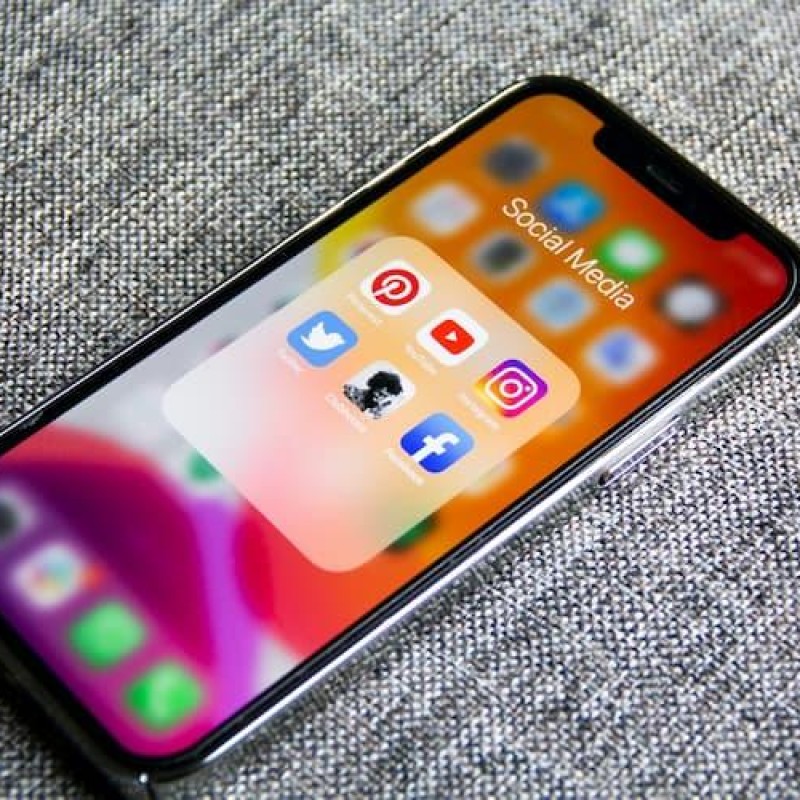
Beyond Talent
Fashion Recruitment Agency
Specialising in Senior and Executive recruitment for the luxury fashion, lifestyle and beauty industries worldwide.
Head Office Address
20-22 Wenlock Road, London, N1 7GU
Contact Us